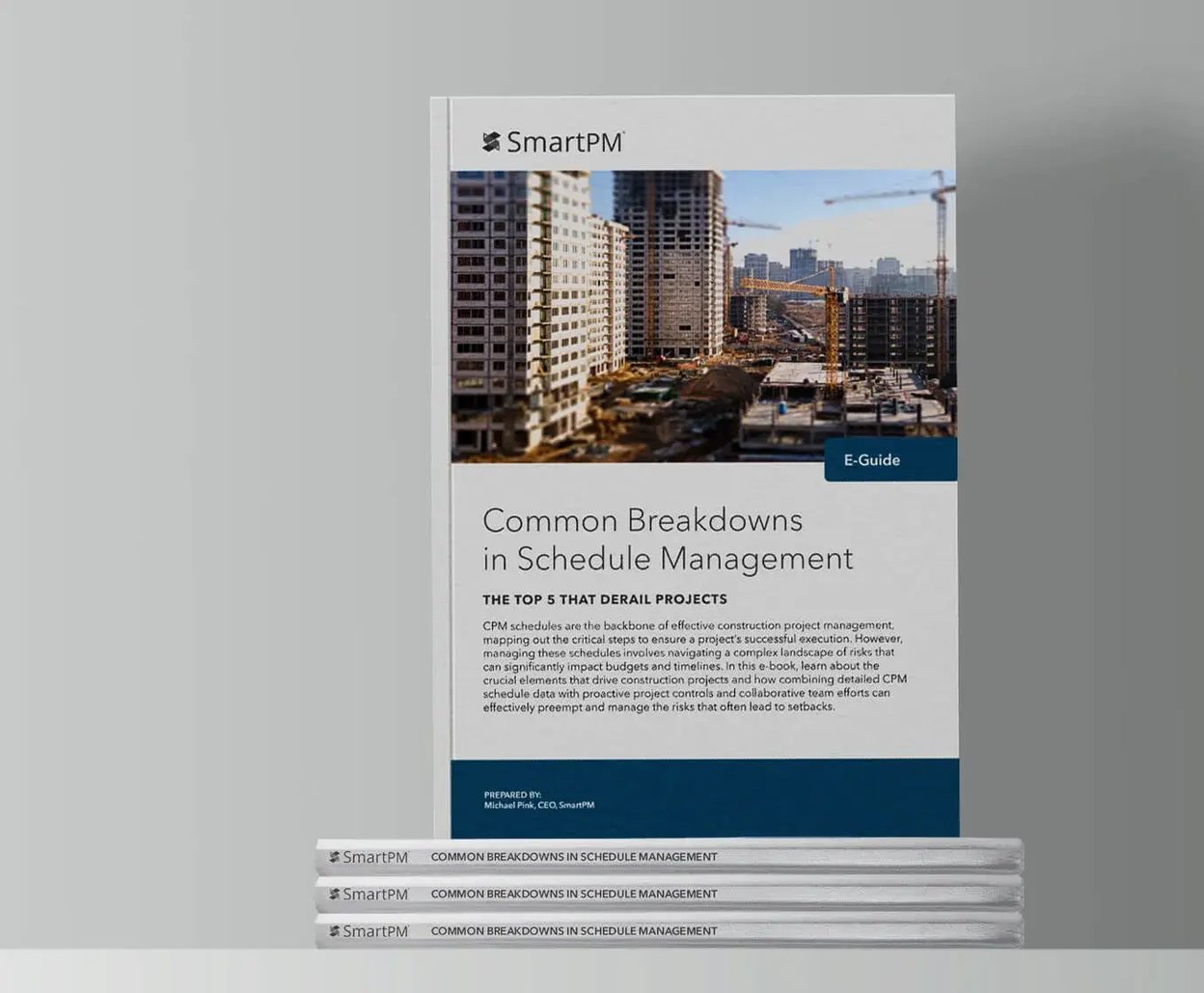Garver
From conflict to coaching: How Garver uses facts to run faster, safer DOT jobs

Garver

Garver supports state DOT programs across the South and Midwest with scheduling and project controls. The team, led by Mark Schwartz and Chris Taylor, often acts as the owner’s representative by reviewing contractor schedules, diagnosing risks, and helping projects stay on plan.
Reviews felt subjective. Contractors fought the messenger. Months were lost digging through calendars and exports to answer basic questions: What changed? Why did the critical path move? Did a change order actually cause a delay? Meanwhile, jobs stayed live in traffic longer than planned—raising exposure for drivers and crews.
Chris put it plainly: “We used to spend weeks comparing updates and still argue about the math. People took it personally.”
When the team put SmartPM into the process, the dynamic shifted. Every update was analyzed the same way, with the same checks, and shown in a format everyone could understand. “SmartPM takes away the animosity,” Mark says. “You can see what changed and why, and you can untangle the mess to get to the right answer.”
Garver made one more change: start every conversation with facts, not feelings. Speak to what the update shows—path, quality, pace. Ask if a change was intended. Show the impact. Agree on the fix. Set owners and dates, then the tone follows the facts.
A short weekly huddle, sometimes only 15 minutes, is what it takes to keep everyone aligned. The team looks at three things first: critical‑path delay (days), schedule quality, and SPI (or out‑of‑sequence count when needed). Out‑of‑sequence work and calendar edits are treated like punch‑list items: fix them by the next update. For TIAs, Garver defines the event, runs the scenario, checks the path and concurrency, and agrees on time and cost steps.
Chris: “We’re transparent with contractors. We don’t accuse. We ask what they intended, show the effect, and coach the right move.”
Two patterns come up often:
Oftentimes, scheduling skills are not taught, meaning skill gaps are common. Luckily, coaching closes them. In one case, Garver trained up a bookkeeper‑turned‑scheduler on CPM best practices and, as a result, the contractor started bidding larger jobs with more confidence and profit.
Most project partners don’t live in P6 or MS Project. SmartPM puts the math where everyone can see it. That clarity lowers the temperature, speeds decisions, and keeps work moving. As Chris puts it, “Time is money—on both sides.”
The benefits go beyond efficiency. With a sound schedule and fewer overruns, lane closures are shorter and exposure drops for crews and drivers. “It’s a collaborative effort. When contractors increase efficiency, the DOT is more efficient in delivering projects,” says Chris Taylor. “As a former DOT construction guy, the less time we have a lane closure or work going on a state highway, the less opportunity there is for a fatality or for somebody to get injured.”
“SmartPM allows owners and contractors to agree on facts faster, and that makes jobs safer for everyone around,” adds Mark.
SmartPM has become a core part of how Garver presents its value. In client pitches, the team highlights the same analytics they rely on in the field — which is why, when Mark was asked what sets Garver apart, his answer was simple: SmartPM. The data shows up in every proposal because it shows up on every project.
“If contractors are more efficient, then they’re more competitive as well,” said Chris. “When everyone improves scheduling and execution, bids get stronger and projects finish faster.”
What began as a search to save time has instead reshaped Garver’s entire scheduling process. SmartPM has more than doubled scheduler productivity, saved tens of millions in claims, improved safety outcomes, and created a culture of transparency and collaboration between all parties involved. Garver continues to expand SmartPM’s use across projects and sectors, building on its role as a cornerstone of their competitive advantage.
"Asked what sets Garver apart, the answer was simple: SmartPM."

Founded in 1919, Garver is an employee-owned engineering, planning, and environmental services firm focused on aviation, transportation, buildings, federal, water and wastewater services; surveying; advisory services; and construction engineering and inspection. In the top 100 of Engineering News-Record’s Top 500 Design Firms list, with more than 1,500 employees, Garver provides an exceptional level of client service that reflects our people-first culture, which has achieved Zweig Group Best Firm to Work For Legacy Status.

Get to know five key metrics that can help you start creating controls in construction with your project schedule data.

Learn how to create a baseline schedule with conventional CPM Scheduling tools in 7 steps.

Find out how the right analytics have led countless organizations to recognize the positive ROI for Smarter Project Management.

Understand five common pitfalls in construction scheduling that consistently derail projects and how to overcome them in our eGuide.
